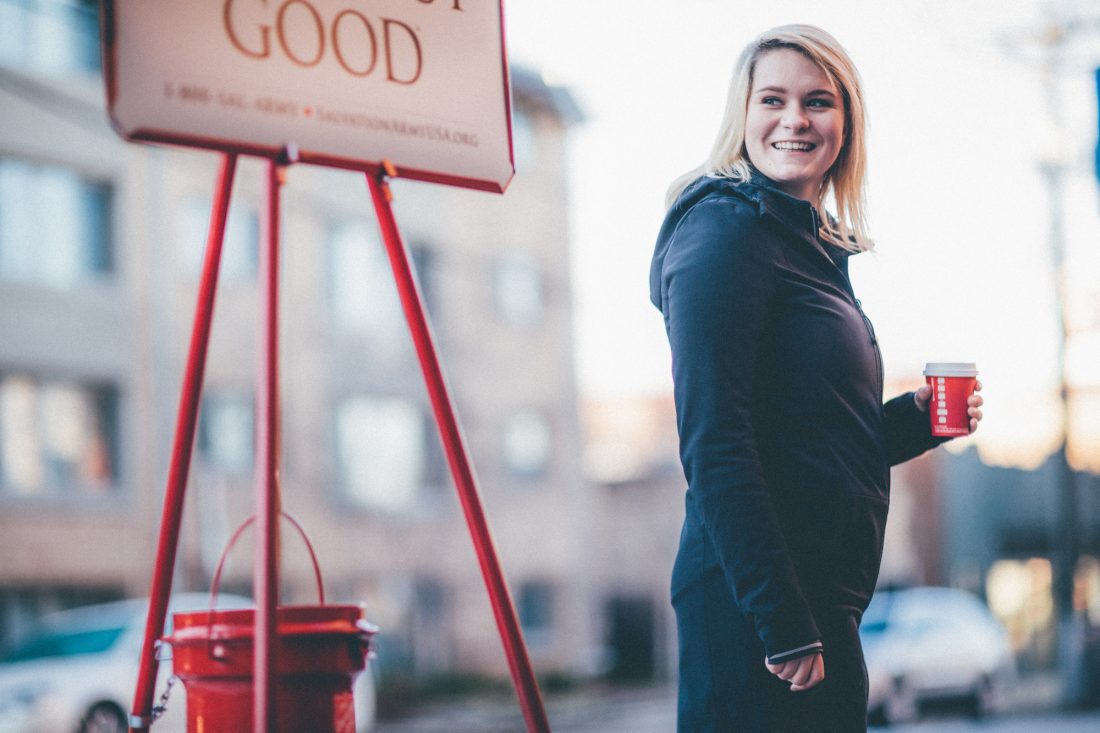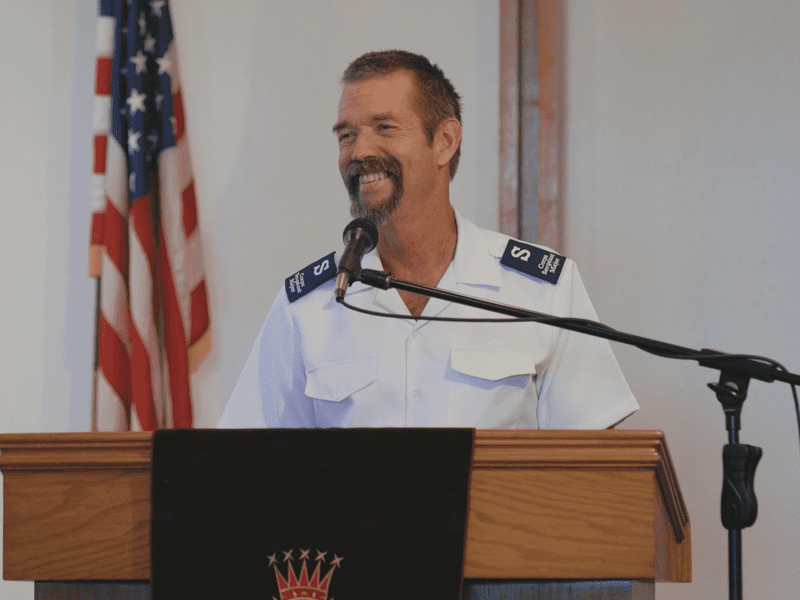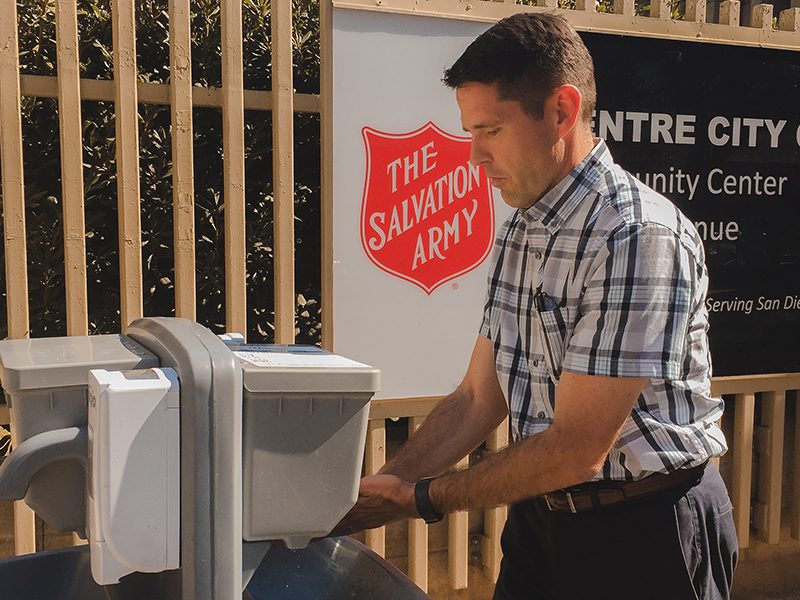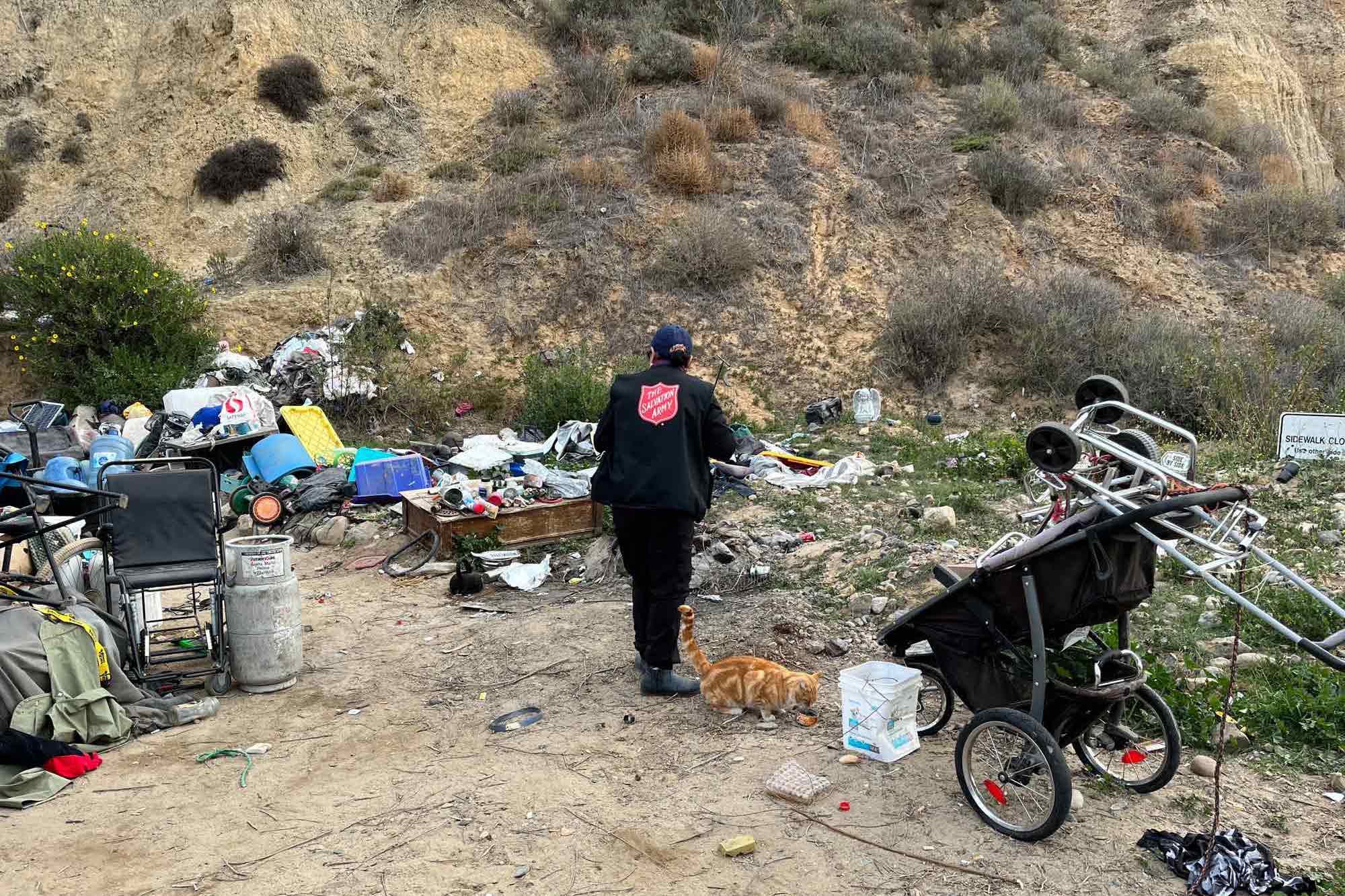Listen to this article
Listen to this article
Loading
Play
Pause
Options
0:00
-:--
1x
Playback Speed- 0.5
- 0.6
- 0.7
- 0.8
- 0.9
- 1
- 1.1
- 1.2
- 1.3
- 1.5
- 2
Audio Language
- English
- French
- German
- Italian
- Spanish
Open text
why do we still put out the kettles? face-to-face ministry is what we do and who we are. with the rise in digital technology—and the amount of time we spend using it—the army should take a serious look at why we still put out red kettles during the thanksgiving and christmas season. people are more and more comfortable giving at our websites, so why don’t we move the whole operation online and save ourselves the time and trouble? it would be more efficient in just about every way. here’s why i think we should still make the effort to put out christmas kettles: because face-to-face ministry is what we do and who we are. if we believe that ringing a bell at one of our red kettles isn’t ministry, i think we’d be mistaken. the sight of a red kettle represents the army’s commitment to that community, and every retailer who says yes to the kettle is signaling their commitment too. not only do we need the kettles to achieve our mission of caring in communities across the u.s., the retailers and our donors need them too. consider what happens to the corporate chains who try to say no to the kettle. this season a popular store in the southeast announced its decision to say no to the kettle in late november 2017. by dec. 2, the decision had been reversed and the kettles welcomed back to their store fronts. the hue and cry from the store’s customers—and the potential damage to its bottom line—made its executives reconsider. in message after message on their facebook page, the company heard from customers who said the decision gave them the impression that the company no longer shared their values. that’s a pretty compelling argument. the kettle is a sign to all who see it that the salvation army—and the store that welcomes us—values people and wants to feed, shelter, and comfort them when they’re struggling. no one does that better than we do, and the kettles say that loud and clear every day. the person behind that kettle says it too. they’re there to give a cheerful greeting whether the donors give or not, a warm thank you when they do, or a listening ear when donors want to share their favorite experience (or sometimes disappointment) with our army. not only that, the kettles symbolize the tradition of holiday charity. they reinforce the core value of giving to others and allow parents the opportunity to teach their children about philanthropy too. many a life-long giver made their first donation at the kettle as a kid. that alone is sufficient reason to keep up our efforts, not to mention the $150 million we raise each year. it’s ministry—a person-to-person, face-to-face ministry that cannot be replicated or replaced with technology. it’s a lot of work for our local staff but i think it pays off in ways well beyond the cash in the kettle. do good:. you’ve probably seen the red kettles and thrift stores, and while we’re rightfully well known for both…the salvation army is so much more than red kettles and thrift stores. so who are we? what do we do? where? right this way for salvation army 101. you can make an impact in the fight for good with whatever time and skills you have. whatever your interest, there is a you-sized need for goodness in the world. get the guide on how to be an impactful volunteer and get in the fight for good today. learn about ways the salvation army uses the money donated through the kettle.
Open context player
Close context player
Plays:-Audio plays count
why do we still put out the kettles? face-to-face ministry is what we do and who we are. with the rise in digital technology—and the amount of time we spend using it—the army should take a serious look at why we still put out red kettles during the thanksgiving and christmas season. people are more and more comfortable giving at our websites, so why don’t we move the whole operation online and save ourselves the time and trouble? it would be more efficient in just about every way. here’s why i think we should still make the effort to put out christmas kettles: because face-to-face ministry is what we do and who we are. if we believe that ringing a bell at one of our red kettles isn’t ministry, i think we’d be mistaken. the sight of a red kettle represents the army’s commitment to that community, and every retailer who says yes to the kettle is signaling their commitment too. not only do we need the kettles to achieve our mission of caring in communities across the u.s., the retailers and our donors need them too. consider what happens to the corporate chains who try to say no to the kettle. this season a popular store in the southeast announced its decision to say no to the kettle in late november 2017. by dec. 2, the decision had been reversed and the kettles welcomed back to their store fronts. the hue and cry from the store’s customers—and the potential damage to its bottom line—made its executives reconsider. in message after message on their facebook page, the company heard from customers who said the decision gave them the impression that the company no longer shared their values. that’s a pretty compelling argument. the kettle is a sign to all who see it that the salvation army—and the store that welcomes us—values people and wants to feed, shelter, and comfort them when they’re struggling. no one does that better than we do, and the kettles say that loud and clear every day. the person behind that kettle says it too. they’re there to give a cheerful greeting whether the donors give or not, a warm thank you when they do, or a listening ear when donors want to share their favorite experience (or sometimes disappointment) with our army. not only that, the kettles symbolize the tradition of holiday charity. they reinforce the core value of giving to others and allow parents the opportunity to teach their children about philanthropy too. many a life-long giver made their first donation at the kettle as a kid. that alone is sufficient reason to keep up our efforts, not to mention the $150 million we raise each year. it’s ministry—a person-to-person, face-to-face ministry that cannot be replicated or replaced with technology. it’s a lot of work for our local staff but i think it pays off in ways well beyond the cash in the kettle. do good:. you’ve probably seen the red kettles and thrift stores, and while we’re rightfully well known for both…the salvation army is so much more than red kettles and thrift stores. so who are we? what do we do? where? right this way for salvation army 101. you can make an impact in the fight for good with whatever time and skills you have. whatever your interest, there is a you-sized need for goodness in the world. get the guide on how to be an impactful volunteer and get in the fight for good today. learn about ways the salvation army uses the money donated through the kettle.
Listen to this article

















